Laurie's Blogs.
Dec 2016
Sitting and lying all day... really that bad?
This week’s blog is inspired by: http://www.mikereinold.com/sitting-isnt-bad-for-you/
In the Mike Reinold blog, he talks about the bad rap that sitting gets… how prolonged sitting is being blamed for back pain, saggy abdominals, and all physical evils. The blog goes on to explain that staying still and remaining in any prolonged position is the real evil, and that what we need is 1) movement and 2) reverse posturing.
So, for all of YOU working with animals, you may find that most of the time you are bending forwards with your arms reaching out ahead of you. For me, I spend so much time on the floor bending forwards. However, when I go to my yoga class, I’m a superstar when it comes to any kind of forward bends, deep squats, or sitting crossed legged, but I work hard to do anything that requires extending backwards, opening my chest, or pulling my shoulders back and down!
To combat this, all of us should be spending more time doing the following on a daily basis:
- Chin tucks (since sitting also slides us into chin poking as well)
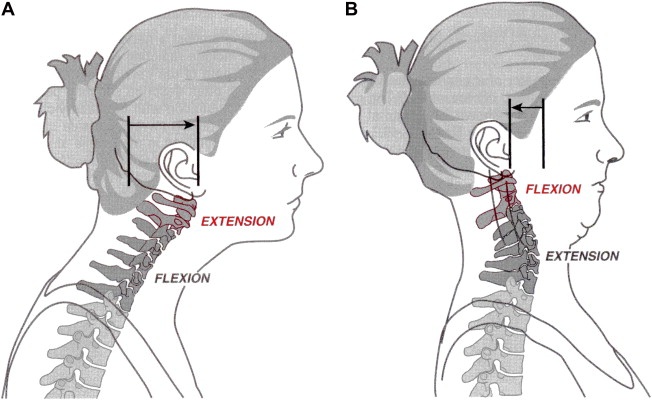
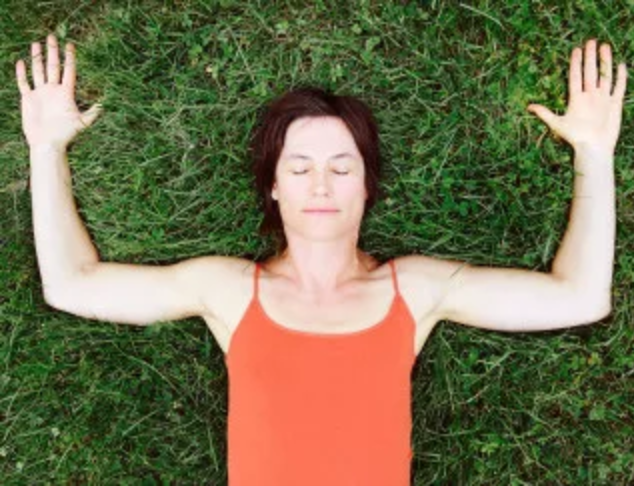
- Holding your arms out to the side with elbows bend and hands up (cactus arms), working to bring them back and down… either done in sitting, standing or lying on your back.
- Rolling and lying, facing up, on a foam roller
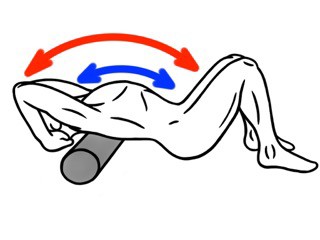
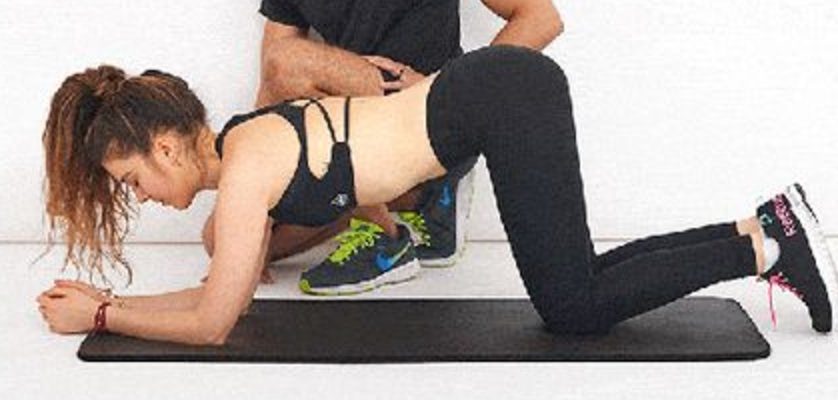 Thoracic extension exercises: Get down on the floor on your knees and forearms (not hands), then lower your chest to flatten out your upper back.
Thoracic extension exercises: Get down on the floor on your knees and forearms (not hands), then lower your chest to flatten out your upper back.
- Hip flexor stretches: start in kneeling and then step ahead with one leg so you are in a kneeling lunge. Keep your back straight – don’t arch.
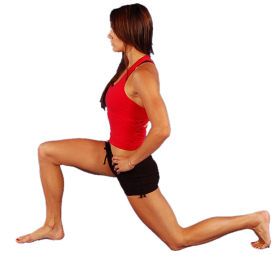
- Bridging exercises: On your back, with knees bent, lift your bottom up off the floor as high as you are able.
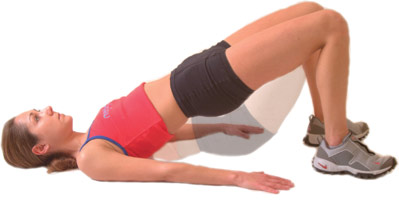
Additionally, when you are working from a prolonged position, be sure to move around at the end of every hour. Get up and walk, grab some water, go to the washroom, do some stretches. Take 5 – 10 minutes to move before you go back to being stationary again!
Then at the end of your day, spend some time moving (i.e. go for a walk) and really think about stretching up tall and extending your hips! You might also spend some time laying on your stomach watching TV (be a kid again!!).
Now let’s think of what parts of this information and which of these suggestions we can transpose to dogs! The first thing that comes to my mind is the senior dog that spends much of his or her day laying and sleeping. So, the first suggestion is easy… walk the dog! However, with an older dog, perhaps a short walk in the morning and two more short walks in the afternoon or evening could work to combat a flexed position of sleeping. If the owner is home with the dog, perhaps an hourly ‘try to potty’ regimen could be useful here as well!
A few exercise suggestions for an older dog to do on a daily basis:
•Stair or hill climbing: two to five repetitions (depending upon the function of the dog and the size of the hill or number of stairs.)
•Front feet up (on a step, stool, stair, or books) to take treats for a couple of minutes per session.
•Rear feet up (on a step, stool, stair, or books) and taking a treat out ahead of the dog.
•Tummy rubs and thigh rubs as you encourage the dog to extend its hips
•Chest rubs and triceps rubs down to the elbow as you encourage the dog to extend the shoulders / forelimbs.
And that, my friends, gives you some suggestions on how to combat stagnation in your body (and the senior pet as well)!
Until next time…
Cheers! Laurie


